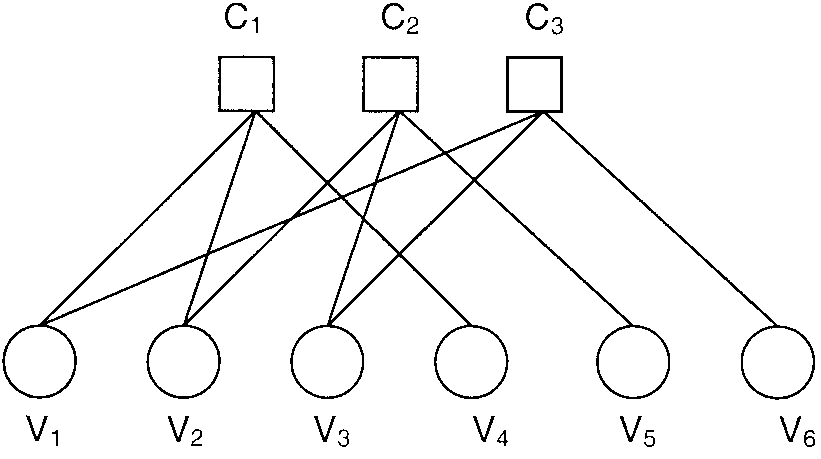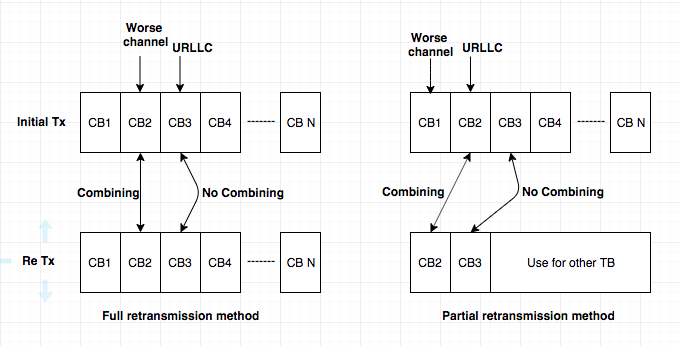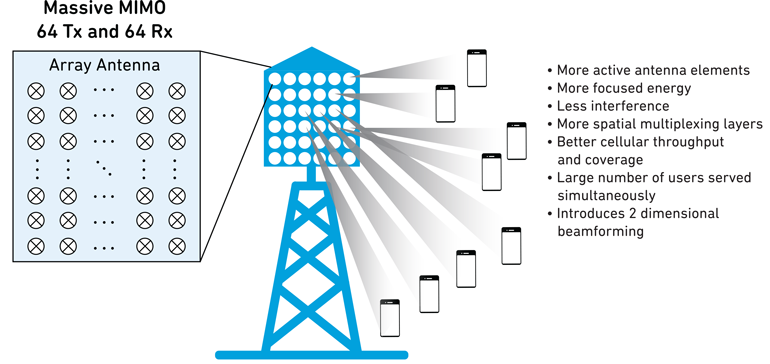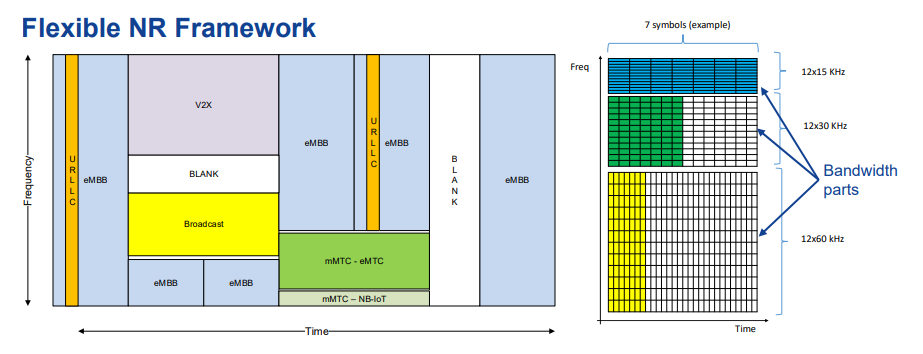An Introduction to URLLC for 5G-NR: Ultra Reliability
[This article is part 1 of two-part series of articles on URLLC focusses on 5G technologies related to Ultra reliability. Part 2 covers Low latency will be the next article coming up]
To meet the requirements of a high data rate with very quick and errorless response 5G has come with new and improved technologies from its previous generations. It is not only supposed to provide a high data rate (Gbps) but also provides very low latency (one millisecond). 5G will completely transform the world of communication from what it is now.
5G technology has three major components which are:
- eMBB
- mMTC
- URLLC
eMBB stands for enhanced mobile broadband which provides very high data rates.
mMTC stands for massive machine-type communications that involve connectivity of millions of devices to each other in a network with IoT.
URLLC stands for ultra-reliable low latency communication with improved reliability and very low latency.
We will discuss the URLLC part of 5G-NR, different components technologies and how they work to meet the objectives of URLLC.
- URLLC is one of the different types of technologies that are supported by the 5G New Radio (NR) standard, as stipulated by 3GPP (3rd Generation Partnership Project) Release 15. It will allow the expansion of communication service to reach the areas with stringent service requirements especially in terms of availability, latency, and reliability such as high reliability and low latency.
- High reliability and low latency are needed in mission-critical applications such as autonomous driving, industrial automation, robotic surgeries, etc.
- Some of the key enablers of URLLC mentioned in 3GPP Rel-15 and Rel-16 include integrated frame structure, incredibly fast turnaround, efficient control and data resource sharing, grant-free based uplink transmission, and advanced channel coding schemes, etc. Time-sensitive networking is another component of the 5G URLLC capabilities.
In this article, we introduce you to the 5G technologies that aim for higher reliability by reducing the error rate. And the next article in this series would cover 5G technologies aimed at reducing the round-trip time.
So… let’s begin!!!
Ultra-Reliability: There is no meaning of communication if the information is not sent properly. The reliability we have in 3G/4G is not sufficient to handle machine critical tasks, highly precise medical and industrial automation tasks. We nearly want errorless information reception and that’s where Ultra Reliability comes into the picture. Ultra-reliability ensures that information is received with very low packet loss (1 in billion packets). Ultra Reliability can be achieved using the following technologies-
LDPC Code: Wireless channel is noisy as well as lossy and whenever any transmission occurs through it, some bits may be received erroneously. This, in turn, forces us to use coding which helps us in correcting the errors. Turbo codes in the third and fourth generation (3G and 4G) will be replaced by low-density parity-check (LDPC) The primary reason for this transition is the high throughput requirement (in Gbps) for 5G systems.
- In both Turbo codes and LDPC codes, the decoders are of the message passing type in which information is propagated inside a graphical structure representing the code. Compared to turbo code decoders, the computations for LDPC codes decompose into a larger number of smaller independent atomic units; hence, greater parallelism can be more effectively achieved in hardware using this coding technique. LDPC corrects channel errors by maintaining parity bits for a selection of the data bits. Most data bits are backed by multiple parity bits. When a parity check failure is detected, information from the multiple parity bits can be used to retrieve the original data bit.
- In LDPC coding, the parity codes add redundant bits in the code thereby protecting against the error but at the same time, the addition of bits decreases the code rate which is defined as:
- Code Rate = No of information bits/No of bits transmitted
- By adding redundancy, we decrease the code rate which increases reliability but decreases data rate. The optimum solution is to maximize this ratio where we increase the code rate and maintain good reliability too.
- The below figure demonstrates how LDPC codes work. In the figure, V stands for variable nodes and C stands for check nodes. All the bits are divided into multiple sets of limited bits that’s why it is called low density. Vertical nodes include information bits and the parity bit. Check nodes are used for correcting the erroneous bits. For every set, a check node is allocated which has to match the original bits at the receiver side. That’s how it helps in correcting the corrupted bits and hence reliability is increased.

Fig. LDPC Code symbolic diagram
HARQ Enhancements: Hybrid automatic repeat request is used for error detection and correction. In URLLC HARQ enhancement, instead of retransmitting the whole data packet, only the erroneous packet is resent by puncturing the current data packet to avoid the delay.
- The following figure shows the functionality of HARQ enhancements for retransmission.
- In full retransmission, all the packets are resent even if only a few packets are lost but in partial re-transmission, only those packets that are lost are resent.
- Retransmission starts from CB1 in the full retransmission method shows retransmission of a complete packet, but in the partial retransmission, it starts from CB2.
Massive MIMO: In Massive MIMO, the reliability of the system is increased using spatial diversity by sending the same data across different propagation paths. Multiple antennas (>10) are used to form a directional and focused beam (beamforming) towards a particular user to avoid interference which again increases reliability. The figure below shows multiple advantages of massive MIMO along with high reliability.
Intelligent Scheduling of Flexible NR Framework: Scheduling refers to using various ways to allocate resources to achieve low latency, high reliability and good quality of service. 5G NR provides a flexible framework to support different services and QoS requirements as shown in the below figure.
- Time slot scaling, slot aggregation, making mini-slots, etc can be done using a flexible NR framework. Time slot duration will depend on the size of the transmitted data packets, symbol duration, and the number of symbols. Transmission of small packets makes the error detection easier and decreases the retransmission time.
- Self-contained slot structure
- Traffic preemption for URLLC
- Support for different numerologies for different services
[Part 2 of the article explaining 5G low latency will be coming up next week]


 English
English



